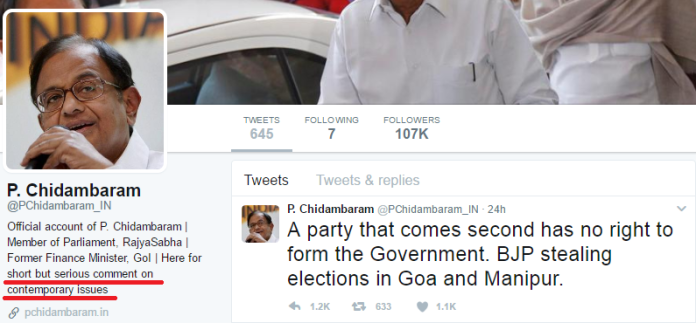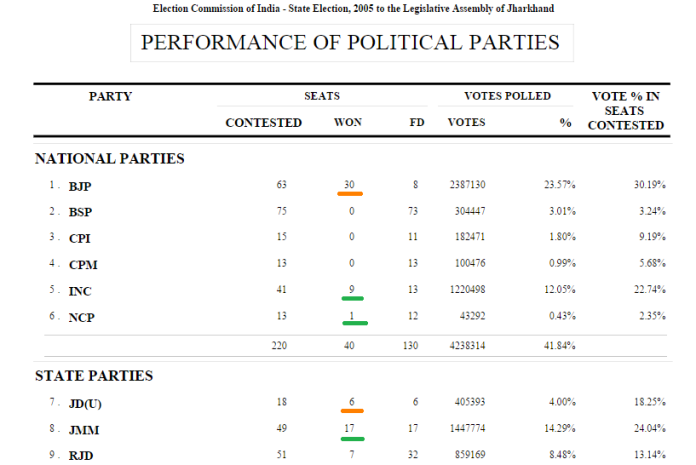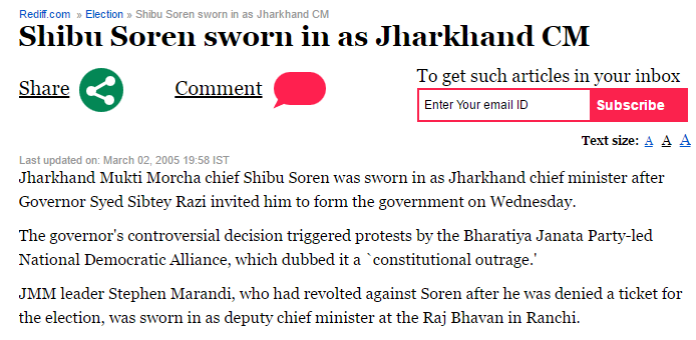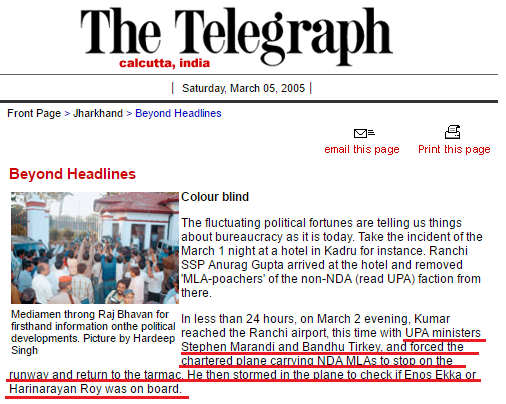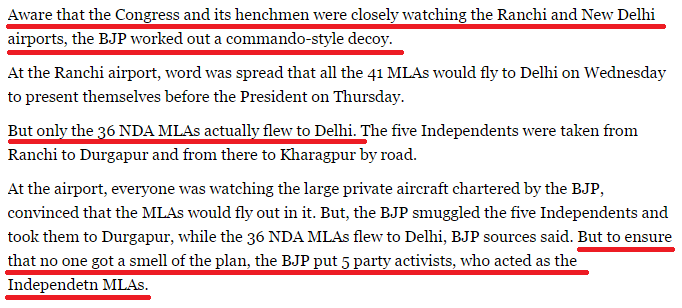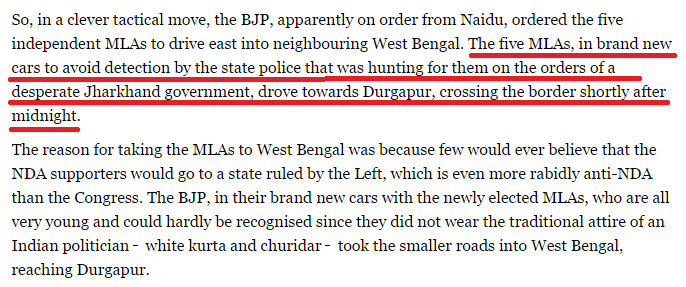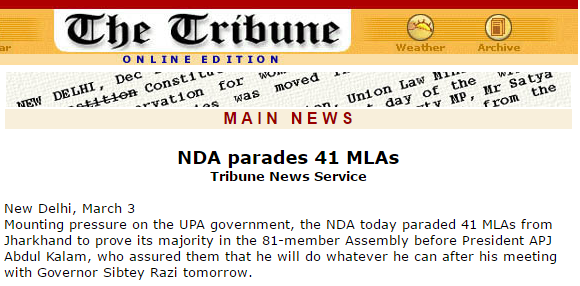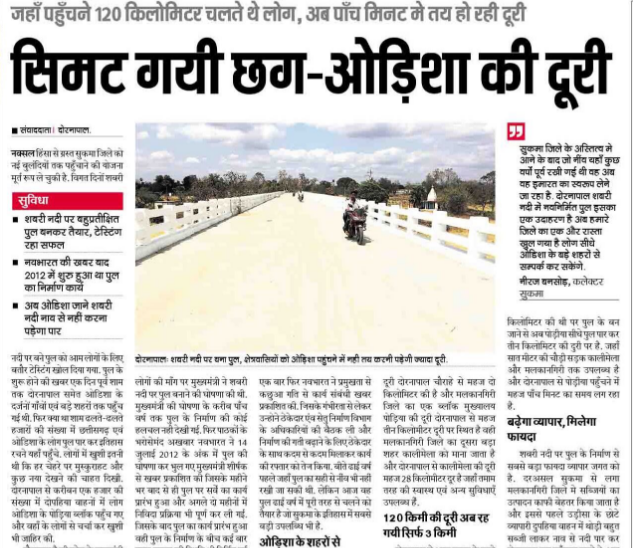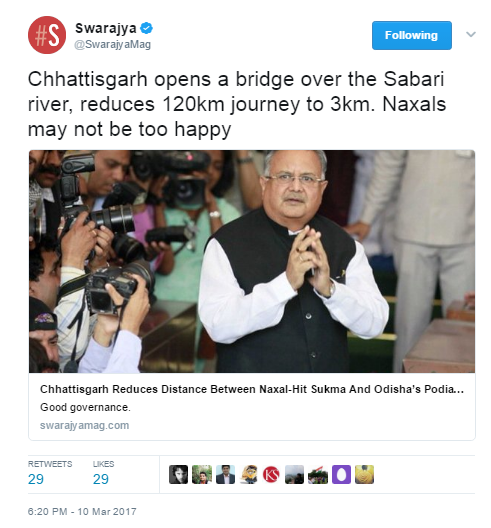Barely a week after a 22-year-old Muslim girl Suhana Sayed from Karnataka was subjected to hateful comments for singing Hindu devotional songs in a TV reality show, another Muslim girl who took part in a singing reality show has come under attack.
This time the fanatics have targeted 16-year-old Nahid Afreen from Assam, who took part in the 2015 edition of popular singing reality show Indian Idol Junior and was the first runner up of the show. A fatwa has been issued against her declaring her singing against Islamic values.
According to reports, the fatwa has been issued by 46 Muslim clerics and the leaflets have been distributed across Hojai and Nagaon districts of Assam, putting pressure on the young singer not to sing songs or perform in future.
Nahid was slated to take part in a programme on 25th of this month at a college in Assam, which is situated near a mosque and a graveyard. This appears to be the trigger of the fatwa, as clerics have declared that if “anti-sharia” acts like musical nights is performed near mosques, “future generations will attract the wrath of Allah”.
Radical Muslim organisations and preachers have traditionally taken a stand against music and singing, often terming it ‘haraam’ (forbidden). Popular Islamic preacher Zakir Naik had once declared that music was like liquor:
Why music is bad for you pic.twitter.com/5KPhOy9HcS
— Rahul Roushan (@rahulroushan) July 6, 2016
Assam Chief Minister Sarbananda Sonowal has strongly condemned this fatwa. He informed that he spoke to Nahid and reiterated his government’s commitment to provide safety and security to artists. As a result, the organisers of the the musical night have decided not to cancel the programme on March 25.
Nahid too refused to bow down to the fatwa. Earlier today, he was quoted as saying that “My singing is gift of God I believe it must be properly utilised, not doing so is ignoring God.”
Nahid however conceded that earlier she was shocked and broken from inside, but many Muslim singers gave her inspiration not to quit music.
Apart from taking part in the reality show Indian Idol Junior, Nahid has also sung a song for Bollywood movie Akira starring Sonakshi Sinha. Her renditions of songs written and composed by the Vaishnavite saint Srimanta Sankardeva are reportedly quite popular in Assam.
Police have said that they are investigating if these could be one of the factors behind fatwa being issued against Nahid Afreen. Apart from singing Hindu devotional songs, Nahid has also sung and performed songs against terrorism, including against the terror group ISIS. Police is investigating this angle too.
UPDATE: There have been some reports and claims that it was technically not a “fatwa”. You can read the details here.






